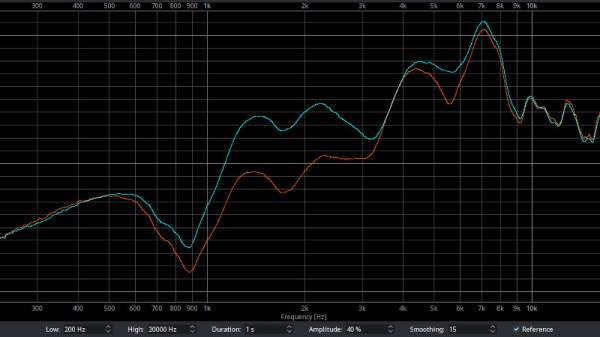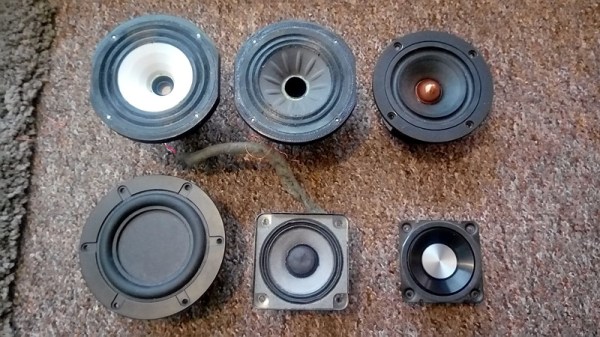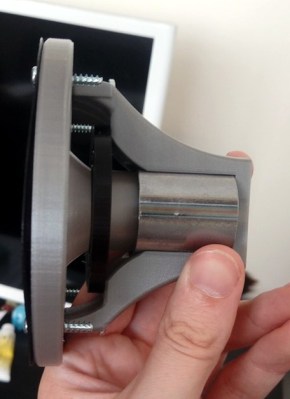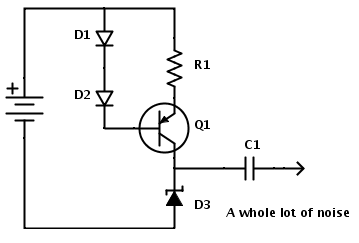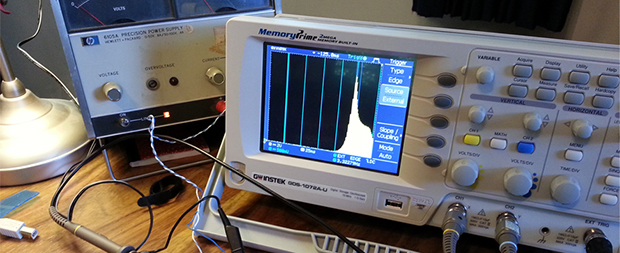Audiophiles will go to such extents to optimize the quality of their audio chain that they sometimes defy parody. But even though the law of diminishing returns eventually becomes a factor there is something in maintaining a good set of equipment. But what if your audio gear is a little flawed, can you fix it electronically? Enter HiFiScan, a piece of Python software to analyse audio performance by emitting a range of frequencies and measuring the result with a microphone.
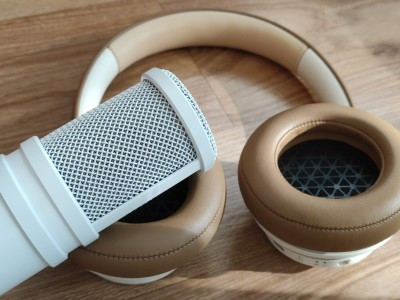 This is hardly a new technique, and it’s one which PA engineers have used for a long time to tune out feedback resonances, but an easy tool bringing it to the domestic arena is well worth a look. HiFiScan is a measuring tool so it won’t magically correct any imperfections in your system, however it can export data in a format suitable for digital effects packages.
This is hardly a new technique, and it’s one which PA engineers have used for a long time to tune out feedback resonances, but an easy tool bringing it to the domestic arena is well worth a look. HiFiScan is a measuring tool so it won’t magically correct any imperfections in your system, however it can export data in a format suitable for digital effects packages.
Naturally its utility is dependent on the quality of the hardware it’s used with, but the decent quality USB microphone used in the examples seems to give good enough results. We see it used in a variety of situations, of which perhaps the most surprising is a set of headphones that have completely different characteristics via Bluetooth as when wired.
If audio engineering interests you, remember we have an ongoing series: Know Audio.

